
How to Plant for Delayed Blooming to Extend Season
- 1. Understanding Delayed Blooming
- 2. Why Delayed Blooming is Beneficial for Your Garden
- 3. Key Plants for Delayed Blooming
- 4. Tips for Maximizing Bloom Time
- 5. Conclusion
1. Understanding Delayed Blooming
Delayed blooming refers to the practice of planting certain flowers and plants that will bloom later in the growing season. By carefully selecting varieties that reach their peak during the late summer or early fall, gardeners can extend the vibrant colors and scents of their garden well beyond the typical blooming season. This approach can help your garden look lush and full for longer, providing both beauty and interest through a time when many plants begin to fade.
In this article, we’ll explore how you can strategically plant for delayed blooming, the best plants to choose, and tips for ensuring your flowers bloom just when you need them the most.
2. Why Delayed Blooming is Beneficial for Your Garden
Delayed blooming can provide several advantages to your garden:
- Extended Aesthetic Appeal: By adding flowers that bloom late in the season, you’ll keep your garden looking vibrant when others may be losing their color. This is especially beneficial if you’re hosting gatherings or simply want a continuous source of beauty.
- Attract Pollinators: Many late-blooming flowers attract pollinators, including bees and butterflies, which can help with the health of your garden and increase yields for edible plants.
- Fill Gaps in the Growing Season: Delayed blooming plants can fill in any gaps left by early-blooming flowers or those that have already gone dormant, ensuring your garden always has something to offer.
In addition to the visual and ecological benefits, late bloomers can also help to balance the care requirements in your garden. With a little planning, you can have flowers that require minimal attention while providing beauty late into the season.

Sandy Beach Lighting & Design Co.
LafayetteTippecanoe CountyIndiana
1156 S Creasy Ln, Lafayette, IN 47905, USA
3. Key Plants for Delayed Blooming
There are several plants known for their late blooming tendencies. Here are some of the best options to consider when planning for delayed blooming in your garden:
- Asters: Asters bloom in late summer or early fall and offer a wide variety of colors, from purples to pinks and blues, providing a burst of color after many summer flowers have faded.
- Chrysanthemums: Mums are a classic fall favorite, known for their vibrant blooms in hues of yellow, red, and purple. They are easy to grow and thrive in cooler weather.
- Goldenrod: Goldenrod produces tall, bright yellow flowers that bloom in late summer and fall, making it a wonderful addition to a late-season garden.
- Japanese Anemone: This elegant plant produces white or pink flowers and blooms from late summer to fall. It’s perfect for adding a delicate touch to any garden.
- Coneflowers (Echinacea): These hardy flowers bloom in late summer and can continue into the fall. They attract pollinators and provide excellent color throughout the season.
- Autumn Crocus: Known for its vibrant purple flowers, the autumn crocus can bloom as late as October, providing a beautiful pop of color when few other plants are still flowering.
4. Tips for Maximizing Bloom Time
Maximizing the bloom time of your late-blooming plants involves more than just choosing the right varieties. Here are some tips to help your delayed bloomers thrive:
- Choose the Right Location: Select spots in your garden where your plants will get adequate sunlight, as this encourages blooming. While most late bloomers prefer full sun, some, like Japanese Anemones, can tolerate partial shade.
- Maintain Healthy Soil: Ensure your soil is rich in organic matter and drains well. Plants that bloom late in the season need to have access to the nutrients and moisture they need to develop healthy flowers.
- Deadheading: Regularly removing spent flowers will encourage your plants to produce more blooms. This practice helps to direct energy into new growth and more vibrant flowers.
- Proper Watering: Late-season plants still need consistent watering, even as temperatures cool. Avoid letting the soil dry out too much, especially during dry spells.
- Fertilize Moderately: Fertilize your plants at the start of the season, but be careful not to over-fertilize, which could encourage excessive foliage growth at the expense of blooms.
5. Conclusion
Planting for delayed blooming is a fantastic way to extend your gardening season and enjoy vibrant colors and life throughout the fall. By choosing the right plants, paying attention to the growing conditions, and maintaining your garden, you can create a late-season oasis that attracts pollinators and adds visual appeal. If you want to ensure your plants thrive, be sure to follow the tips and tricks we’ve shared in this article.
Looking for the perfect plants or tools to help create a stunning garden? Check out Beautiful Landscapes for top recommendations on the best products to extend your gardening season with beautiful delayed-blooming plants.

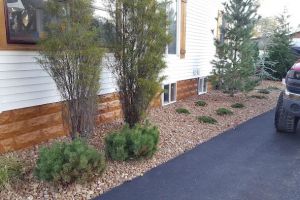



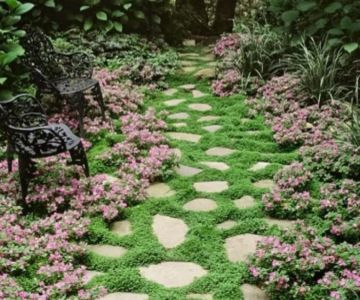
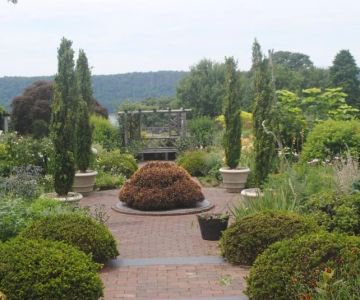
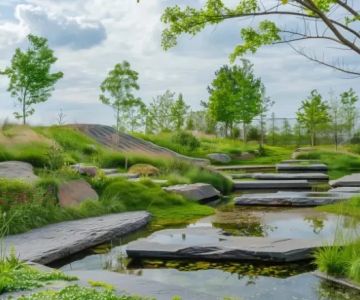
 Night Owl Landscape Lighting5.0 (127 reviews)
Night Owl Landscape Lighting5.0 (127 reviews) Calicotte Landscape Co5.0 (9 reviews)
Calicotte Landscape Co5.0 (9 reviews) Landscape Doctor LLC5.0 (2 reviews)
Landscape Doctor LLC5.0 (2 reviews) Mack Landscapes4.0 (49 reviews)
Mack Landscapes4.0 (49 reviews) DeBuhr Enterprises LLC5.0 (4 reviews)
DeBuhr Enterprises LLC5.0 (4 reviews) Walmart Patio & Garden Services0.0 (0 reviews)
Walmart Patio & Garden Services0.0 (0 reviews) How to Design a Landscape That Complements Architecture: Expert Tips and Ideas
How to Design a Landscape That Complements Architecture: Expert Tips and Ideas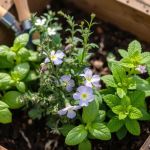 How to Grow a Herb Garden in Your Landscape: A Step-by-Step Guide
How to Grow a Herb Garden in Your Landscape: A Step-by-Step Guide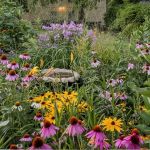 How to Design an Eco-Friendly Landscape Using Native Flora
How to Design an Eco-Friendly Landscape Using Native Flora How to Revive a Neglected Lawn Step by Step
How to Revive a Neglected Lawn Step by Step How to Design for Low-Light Outdoor Areas
How to Design for Low-Light Outdoor Areas How to Build a Stone Retaining Wall That Looks Natural
How to Build a Stone Retaining Wall That Looks Natural